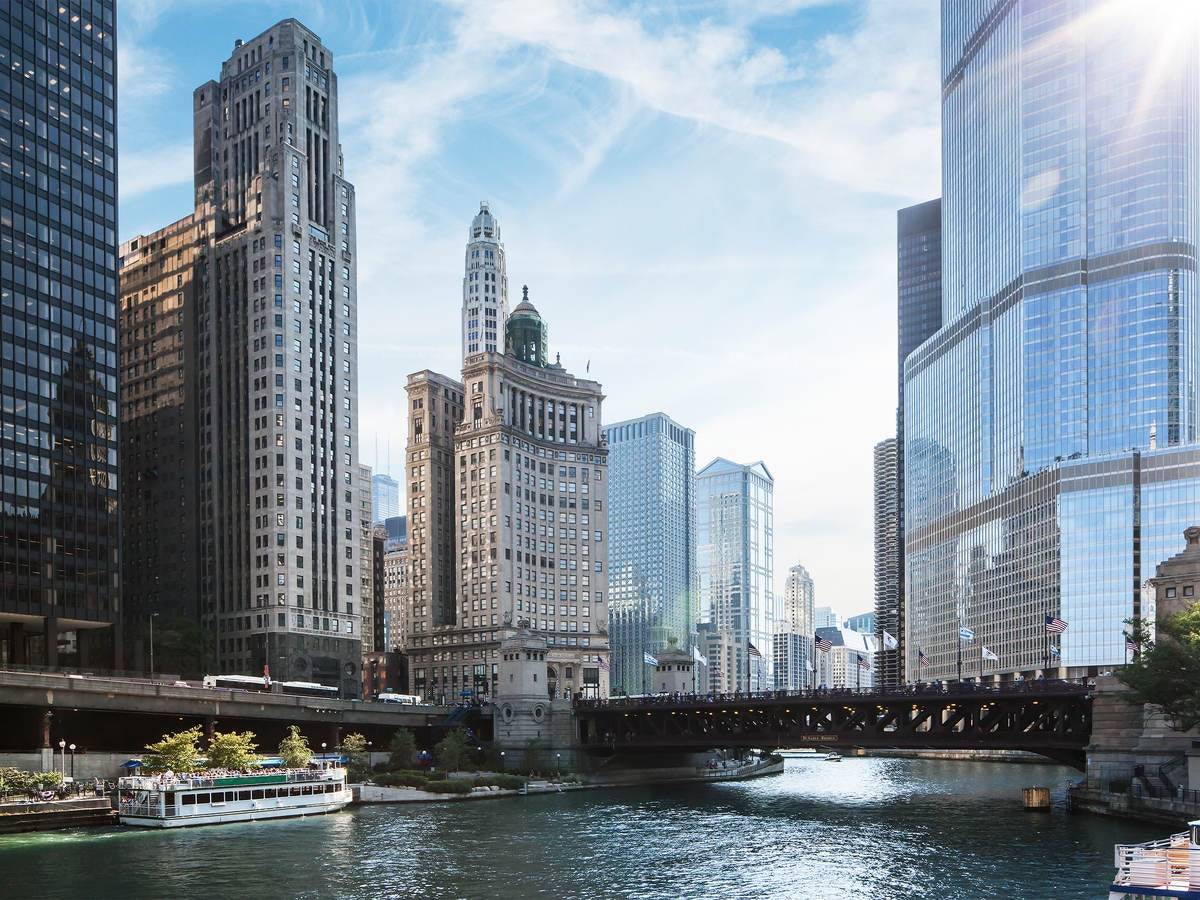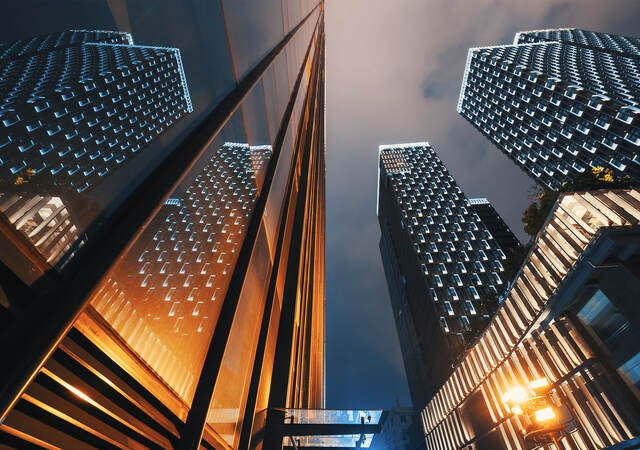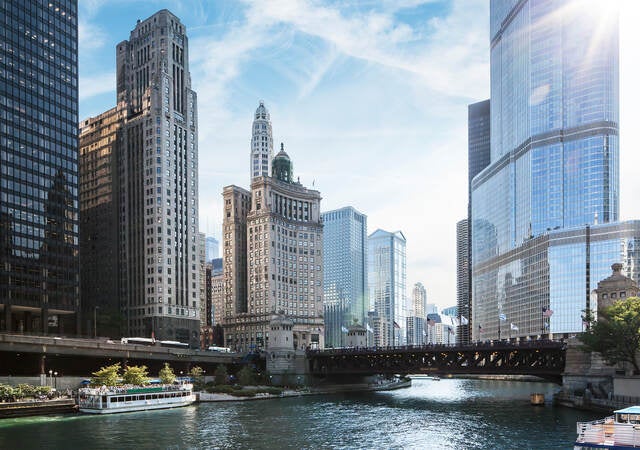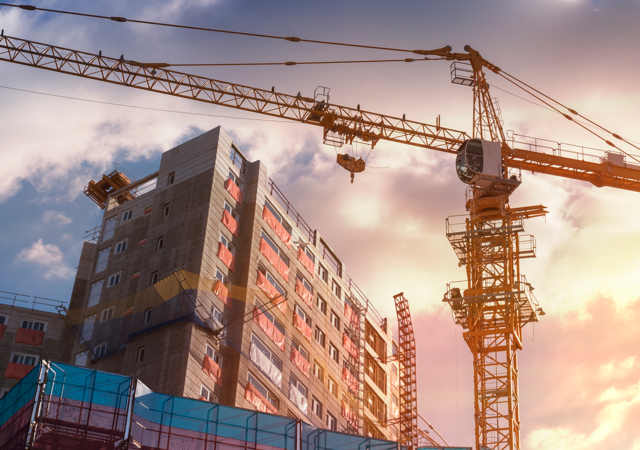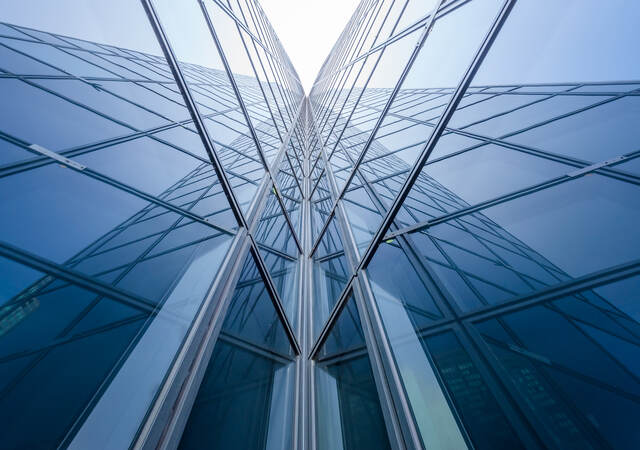The built environment real estate industry is transforming faster in recent times. New technologies and practices, stricter safety and security regulations, and sustainability goals will continue to bring challenges to industry professionals. Real estate industry trends will bring rapid changes in global markets.
This on-demand virtual event features informative sessions given by UL Solutions safety experts on a range of topics for safe, smart and sustainable buildings. Hear what UL Solutions experts have to say about:
- Delivering Sustainability Safely in the Built Environment
- Embodied Carbon Impacts: What Is It, Where to Find It, and How to Minimize It
- A new approach to home construction using 3D Printing and UL 3401
- Driving Business Outcomes through Smart Buildings
- Operating facilities in today’s environment
Speakers
Simon Ince, project specialist, UL Solutions
Josh Jacobs, director of environmental codes and standards, UL Solutions
Sudhi Ranjan Sinha, vice president, Ecosystems and Service Development
Bob James, building inspection engineering manager, UL Solutions
Sean McCrady, director, assets and sustainability, real estate and properties, UL Solutions
Matthew Wright, built environment manager, UL Solutions
Mike Halligan, global program manager, building inspections, UL Solutions
Amanda Newsom, principal engineer, UL Solutions
Delivering Sustainability Safely in the Built Environment
In the built environment, global interests in more sustainable building products and designs are leading drivers of change and innovation. As new products are being developed in pursuit of reaching sustainability goals, there is a growing demand to rethink fire safety. This webinar identifies current trends, their impact on fire safety strategies and a framework for navigating solutions.
- Increasing sustainability trends in the built environment
- Why fire safety is an important consideration for achieving sustainability goals
- Important measures to consider in order to deliver sustainability safely
Embodied Carbon Impacts: What Is It, Where to Find It, and How to Minimize It
Building product transparency has started to gain traction and evolve in North America. Changes in consumer expectations, building certification systems, international laws and standards have finally begun to converge in standardized corporate reporting for any number of environmental, social and health impacts. Many in both the design and manufacturing communities are developing ways to easily share this information through what is often called a nutrition label for building products. International tools have been developed to easily communicate this information through an Environmental Product Declaration (EPD). In this presentation, you will learn about the EPD process and components of an EPD.
- Understanding Environmental Product Declaration (EPD)
- How EPD is developed and what it is used for
- Identify what EPDs can help us accomplish in sustainable building and purchasing
- How EPDs are best used to minimize the amount of carbon in our buildings
- How optimized embodied carbon is being looked at around the world
A new approach to home construction using 3D Printing and UL 3401
With the rise of new building technologies such as 3D-printed habitats, code officials needed a standardized way to evaluate the integrity of this growing industry. The International Code Council (ICC) Major Jurisdictions Committee approached UL and requested a standard for 3D-printed buildings. When Mighty Buildings heard this news, they approached UL about developing the standard, and we formed a team that would learn together until Mighty Buildings ultimately became the first company certified to UL 3401.
- Scope and intent of UL 3401
- How UL 3401 works in conjunction with building codes
- Discover what will be provided to the code official when using this technology
Driving Business Outcomes through Smart Buildings
For successful organizations, the mission of their business is reinforced by the mission of their building. With this objective in mind, asset owners and occupants are investing in smart building technologies. This session discusses how businesses can assess the effectiveness of their smart building technologies and use them to drive better business outcomes.
- Learn how smart building technologies, policies and operational processes come together to deliver business outcomes
- Learn how to assess the effectiveness of these smart building investments
- Discover how can UL and its ecosystem partners help companies improve the state of their smart building initiatives
Operating Facilities in Today’s Environment
The COVID-19 pandemic has brought the issue of health, wellness and safety in buildings and manufacturing to the forefront of the marketplace. Awareness of indoor environmental quality (IEQ) and the importance of buildings that support human health and wellness skyrocketed in 2020. With COVID-19 still remaining top-of-mind on a global scale, occupants have a heightened interest in how building owners, facilities managers and employers are taking action to help ensure the safety of indoor spaces with an emphasis on personal protective equipment (PPE). As the world enters an era of heightened awareness of health and wellness, proactive IEQ management remains an important component of mitigating risk for a brand, bringing competitive building spaces to market and protecting occupants by reconfiguring workspaces to comply with life safety and as well as new health standards.

